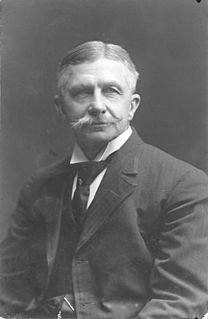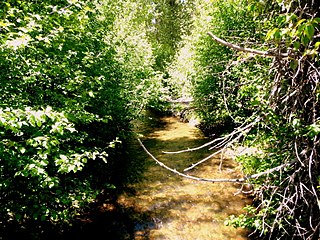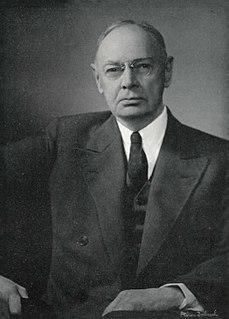The Copeland Report was the result of a United States Congressional investigation of forestry for the purpose of outlining a coordinated plan that would "insure all of the economic and social benefits which can and should be derived from productive forests by fully utilizing the forest land." The investigation was called for by Senator Royal S. Copeland of New York in Senate Resolution 175 (72d Congress, 1st sess., 1932) [1] Earle Clapp, later Chief Forester of the US Forest Service, supervised the report. [2]

The United States Congress is the bicameral legislature of the Federal Government of the United States. The legislature consists of two chambers: the House of Representatives and the Senate.

Forestry is the science and craft of creating, managing, using, conserving, and repairing forests, woodlands, and associated resources for human and environmental benefits. Forestry is practiced in plantations and natural stands. The science of forestry has elements that belong to the biological, physical, social, political and managerial sciences.

Royal Samuel Copeland, a United States Senator from New York from 1923 until 1938, was an academic, homeopathic physician, and politician. He held elected offices in both Michigan and New York.
The report was finished in April 1933 and was a two-volume, 1,677-page document titled A National Plan for American Forestry which described and evaluated all aspects of forestry from timber, water, range and wildlife to recreation, state aid and fire protection. This report became the blueprint for forestry in President Franklin D. Roosevelt's New Deal and had its beginnings in a senatorial discussion of unemployment, where reforestation might be a source for jobs. [3] Previous reports had given the state of the forests, but without offering a plan for improvement.

A blueprint is a reproduction of a technical drawing using a contact print process on light-sensitive sheets. Introduced by Sir John Herschel in 1842, the process allowed rapid, and accurate, production of an unlimited number of copies. It was widely used for over a century for the reproduction of specification drawings used in construction and industry. The blueprint process was characterised by white lines on a blue background, a negative of the original. The process was not able to reproduce color or shades of grey.

Franklin Delano Roosevelt, often referred to by his initials FDR, was an American statesman and political leader who served as the 32nd president of the United States from 1933 until his death in 1945. A Democrat, he won a record four presidential elections and became a central figure in world events during the first half of the 20th century. Roosevelt directed the federal government during most of the Great Depression, implementing his New Deal domestic agenda in response to the worst economic crisis in U.S. history. As a dominant leader of his party, he built the New Deal Coalition, which realigned American politics into the Fifth Party System and defined American liberalism throughout the middle third of the 20th century. His third and fourth terms were dominated by World War II. Roosevelt is widely considered to be one of the most important figures in American history, as well as among the most influential figures of the 20th century. Though he has also been subject to much criticism, he is generally rated by scholars as one of the three greatest U.S. presidents, along with George Washington and Abraham Lincoln.

The New Deal was a series of programs, public work projects, financial reforms, and regulations enacted by President Franklin D. Roosevelt in the United States between 1933 and 1936. It responded to needs for relief, reform, and recovery from the Great Depression. Major federal programs included the Civilian Conservation Corps (CCC), the Civil Works Administration (CWA), the Farm Security Administration (FSA), the National Industrial Recovery Act of 1933 (NIRA) and the Social Security Administration (SSA). They provided support for farmers, the unemployed, youth and the elderly. The New Deal included new constraints and safeguards on the banking industry and efforts to re-inflate the economy after prices had fallen sharply. New Deal programs included both laws passed by Congress as well as presidential executive orders during the first term of the presidency of Franklin D. Roosevelt.
In the Copeland Report the main recommendations were: (1) A large extension of public ownership of forest lands, and (2) more intensive management on all forest lands. [2]
In all modern states, some land is held by central or local governments. This is called public land. The system of tenure of public land, and the terminology used, varies between countries. The following examples illustrate some of the range.











